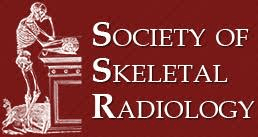Specialty Designation
Fellowship
In same state as program
4
Non-medical career/left country
1
Number of accredited programs
19
Length of accredited training
Minimum number of prior years required
Offers graduate year 1 positions, available immediately upon medical school completion
No
Average number of PY1 interviews
15.30
Percent of programs requiring Step 1 score for interview
84.20
Percent of programs requiring Level 1 score (for DOs) for interview
47.30
Total number of active residents/fellows
Average number of residents/fellows
1.70
Average percent female
18.50
Average percent international medical graduates
19.20
Average percent DOs
11.50
Average number of full-time physician faculty
7.20
Average number of part-time physician faculty
0.60
Average percent female full-time physician faculty
19.90
Average ratio of full-time physician faculty to resident/fellow
4.00
Average hours on duty per week
47.30
Average maximum consecutive hours on duty
14.30
Average days off duty per week
1.70
Average percent of training in hospital outpatient clinics
33.30
Average percent of training in non-hospital ambulatory care community settings
22.50
Average number of days of vacation
20.40
Average resident/fellow compensation
Specialty Overview
Musculoskeletal imaging is a subspecialty of diagnostic radiology which involves ordering and interpreting medical images of bones, joints and associated soft tissues and diagnosing injuries and disease.
Musculoskeletal imaging radiologists use: X-rays/plain radiography; Fluoroscopy (a continuous X-ray that creates moving images of the functioning of joints and soft tissue); CT (computed tomography) scans; Ultrasound which is used to image the anatomy and function of soft tissue around bones and joints; MRI (magnetic resonance imaging) scans; and imaging-guided pain management.

